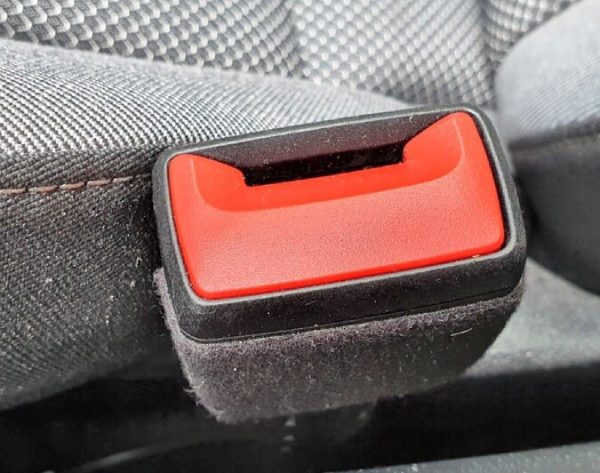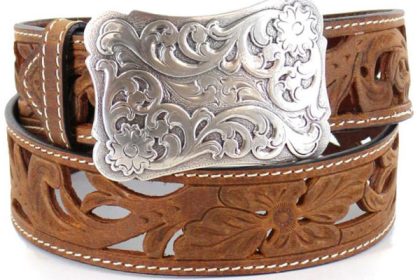Common Reasons Seat Belt Buckles Malfunction
Understanding why seat belt buckles fail is key to fixing them efficiently. Here are some frequent causes:
- Dirt and Debris: Accumulated grime can obstruct the buckle’s components, making it hard to latch.
- Wear and Tear: Over time, the tongue or clasp of the buckle may wear down, preventing proper latching.
- Internal Damage: Small internal breaks or distortions in the buckle mechanism can cause malfunctions.
- Corrosion: Humidity or salt can corrode metal parts, hindering the buckle’s function.
It’s vital to identify the exact cause to decide how to fix seat belt buckle issues effectively.
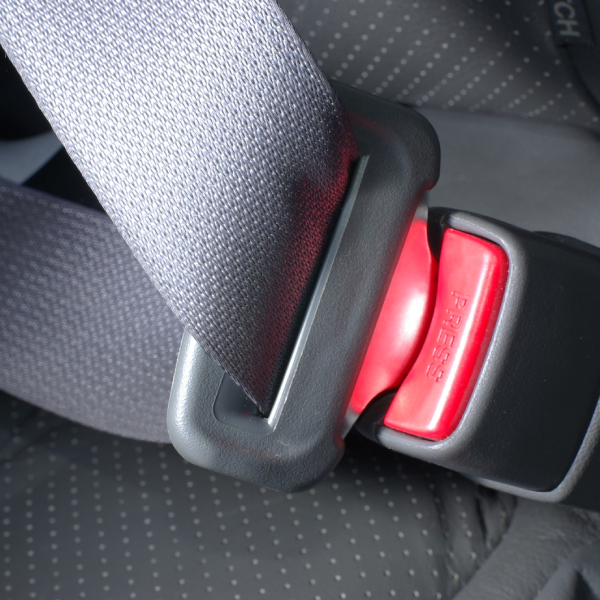
Initial Troubleshooting: Inspecting and Cleaning the Buckle
Before attempting any repairs, inspecting and cleaning your seat belt buckle is crucial. Dirt, grime, and small objects can jam the mechanism, leading to malfunction. Start with a visual check of both the buckle and the tongue. Look for any obvious signs of wear or damage. If you notice dirt or debris, consider cleaning as your first step in how to fix seat belt buckle issues.
Visual Inspection
Use a flashlight to examine the interior of the buckle. Search for blockages or signs of damage. If the metal parts show corrosion, this could be why the buckle isn’t functioning correctly. Check the seat belt tongue as well; damage here can prevent the buckle from latching.
Cleaning the Buckle
For cleaning, use a soft brush to remove loose dirt. You can also use compressed air to blow out debris from hard-to-reach areas. For sticky residues, apply a small amount of soapy water with a cloth, then dry it thoroughly. Avoid using harsh chemicals as they can damage the buckle’s components.
Remember to be gentle while cleaning to avoid causing any further issues. After cleaning, try latching the seat belt. If it still won’t buckle, there may be a need for more intensive repair measures.
No-Disassembly Quick Fixes for Buckle Issues
Sometimes a simple fix can solve seat belt buckle problems without taking anything apart. Here’s how to try no-disassembly methods:
Use Compressed Air
Spray inside the buckle with compressed air. This blasts away any hidden grime that could cause issues.
Lubricate with WD-40
A quick spray of WD-40 can help the buckle’s parts move smoother. Aim into the buckle and gently work the tongue in and out.
Push Button Repeatedly
Press the release button several times. This may dislodge any debris stuck in the mechanism.
Slide in a Thin Tool
Gently insert a thin tool like a flathead screwdriver. Wiggle it carefully to move any obstructions blocking the tongue.
Tap the Buckle
Lightly tap the buckle against a hard surface. It can help parts fall back into place if they’re misaligned.
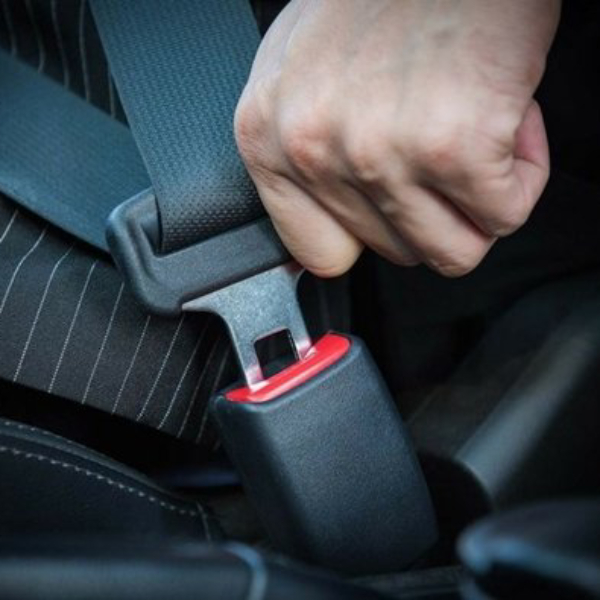
If these steps don’t fix the issue, deeper cleaning or full disassembly might be necessary. Above all, make sure not to force any parts to avoid causing damage. If you’re unsure, seek professional help.
Detailed Steps to Repair the Seat Belt Buckle
To fix a seat belt buckle, follow these detailed steps. Patience and attention to detail will ensure a proper fix.
Remove the Buckle
Start by removing the seat belt buckle from your car. You may need a screwdriver. Always check your car’s manual for guidance.
Disassemble the Buckle
Once removed, carefully unscrew the buckle’s casing. Do this gently to avoid breaking any parts inside.
Inspect the Internal Components
Look inside for broken pieces or dirt. Check the springs and the button mechanism. If parts appear damaged or worn, replacements might be needed.
Clean the Components
If dirt is the issue, clean with a small brush. Compressed air can remove debris from tight spaces.
Lubricate Moving Parts
Use a lubricant like WD-40 on the springs and button mechanism. This helps them work smoothly.
Reassemble the Buckle
Carefully put the buckle back together. Ensure all parts are in their right places. Test the mechanism before fully tightening the screws.
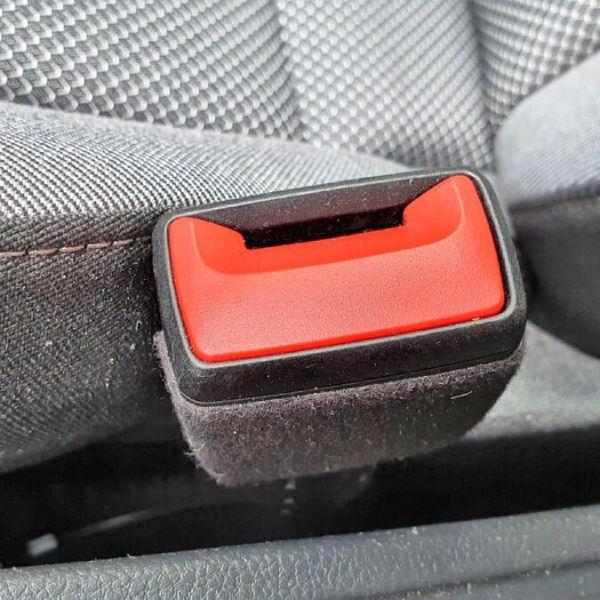
Test the Buckle
Reattach the buckle to the seat belt. Click the tongue in and out to check it locks properly. If it works, the repair is successful. If not, consider professional help or a full replacement. Remember, fixing a seat belt buckle is important. A properly latching buckle can save lives in an accident. Follow these steps carefully to ensure a safe and secure repair. If your seat belt buckle is faulty, a seat belt ticket could result from improper usage. Ensure proper latching to avoid fines and enhance safety.
Handling a Stuck Seat Belt Buckle
Dealing with a seat belt buckle that refuses to release can be stressful and unsafe. Here’s how to address a stuck seat belt buckle with simple, yet effective, methods:
Assess the Situation Carefully
Start by taking a close look at the jammed buckle. Ensure that you’re not forcing the belt, as this may worsen the problem. Gently wiggle the seat belt tongue to see if it loosens.
Apply Lubrication
Spray a small amount of lubricant, such as WD-40, into the buckle mechanism. This can help free up any parts that are stuck due to rust or grime accumulation.
Use Compressed Air
Blast compressed air into the buckle’s opening. This can remove dust and small debris that might be causing the jam.
Employ a Thin Tool
Insert a thin tool, like a flathead screwdriver, cautiously into the buckle. Use it to prod or reposition any objects that might be jamming the mechanism.
Tap the Buckle
Tap the seat belt buckle lightly against a solid surface. This can dislodge any parts that are not in their correct position, without using excessive force.
Seek Professional Help
If the buckle still won’t budge, it’s best to consult a professional. They can safely release the buckle and carry out any necessary repairs.
It’s crucial to tackle a stuck seat belt buckle immediately to ensure your safety on the road. By following these steps, you can likely fix the issue yourself. However, if the problem persists, do not hesitate to seek expert assistance. If your fabric belt is causing a jammed buckle, try gently wiggling it to release the tension. Always prioritize safety and consider professional help if needed.
Ensuring Proper Post-Repair Functionality
After repairing your seat belt buckle, it’s critical to ensure it works correctly. Reliable functionality is key for safety. Here’s what you should do to confirm proper operation:
Test the Buckle Mechanism
First, snap and unsnap the buckle several times. This helps check if it latches and releases smoothly. Listen for a clear click sound. That sound means the buckle is locking securely.
Inspect the Seat Belt Webbing
Examine the belt strap for any signs of fraying or tearing. A damaged belt may not protect you well in a crash. Replace worn webbing immediately.
Sit in the Seat
Buckle up and sit back. Ensure the belt fits snugly across your lap and shoulder. It shouldn’t be too loose or too tight.
Perform a Tug Test
Give the seat belt a firm tug after buckling in. It should hold firm under pressure. This shows that it will keep you secure in an accident.
Check for Automatic Retraction
If your car has this feature, let the belt retract on its own. It should roll up smoothly without any hitches. If not, further adjustments might be needed.
Revisit After Short Drives
Test the buckle over several short drives. This adds peace of mind that the buckle will perform over time.
Follow these steps to confirm that your seat belt buckle will function as it should. Remember, your safety on the road should be a top priority.
When to Replace Instead of Repair Your Seat Belt Buckle
Knowing when to replace, not just repair, your seat belt buckle is crucial. If you’ve tried cleaning and troubleshooting and your buckle is still not functional, it might be time for a replacement. Here are some scenarios when you should consider a new buckle:
- Persistent Malfunction: If the buckle keeps failing after multiple repairs, replacement is the safe option.
- Visible Damage: Cracks, severe wear, or corrosion that cleaning can’t fix means it’s time for a new buckle.
- Failed Safety Inspection: A buckle that doesn’t pass safety checks is a hazard and needs changing.
- Part Wear: If the internal parts are worn or broken, and replacements are hard to find, get a new buckle.
Always prioritize safety. If you’re unsure, consult a professional to assess if your buckle should be replaced.
DIY vs Professional Seat Belt Buckle Replacement
When faced with a broken seat belt buckle, you may wonder whether to repair it yourself or seek professional help. Both options have their pros and cons, which I will outline below to help you make an informed decision.
Deciding on DIY
Pros:
- Cost Savings: DIY repairs usually cost less since you’re not paying for labor.
- Immediate Action: You can start the repair right away, rather than waiting for an appointment.
- Learning Experience: Repairing your own buckle can be educational and rewarding.
Cons:
- Risk of Error: Without proper knowledge, you might cause further damage.
- Time Consuming: If you’re unfamiliar with the process, DIY repair can take longer.
- Limited Tools: You might not have the necessary tools, which can affect the repair quality.
Opting for Professional Help
Pros:
- Expertise: Mechanics have the skills to diagnose and fix issues correctly the first time.
- Proper Tools: Professionals use specialized tools for a more precise repair.
- Warranty: Some repairs may come with a service guarantee.
Cons:
- Higher Cost: Professional services generally cost more due to labor fees.
- Scheduling: You might have to wait for an available appointment slot.
In conclusion, if you’re confident in your abilities and have the necessary tools, a DIY seat belt buckle repair can save you money and give you immediate results. However, if you’re uncertain or the issue seems complex, it’s best to trust a professional to ensure your safety on the road. Remember that seat belts are critical for vehicle safety, so prioritize a proper and secure repair or replacement.
